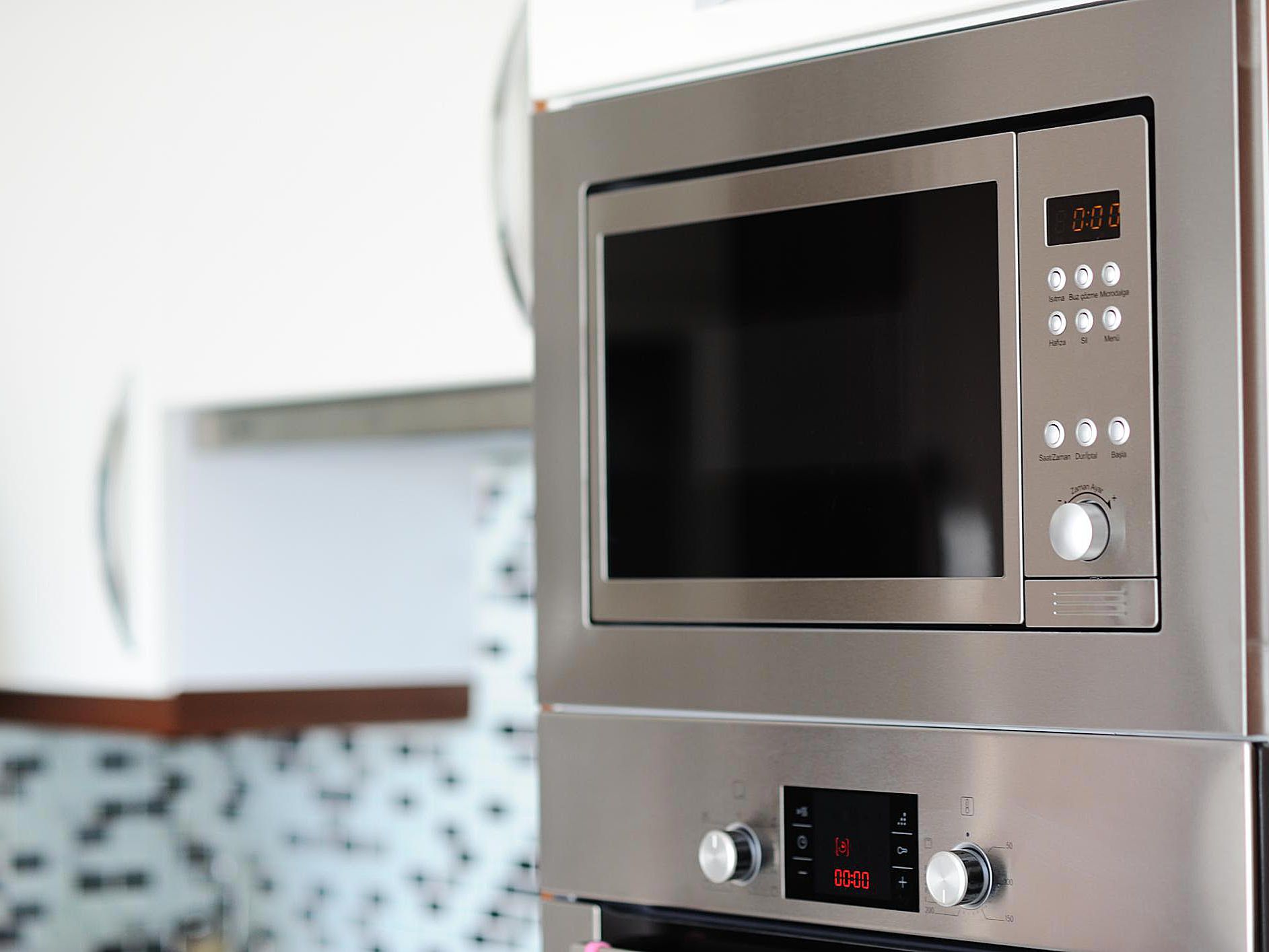There is something to be said when you open up a microwave and it is clean and clear. There is nothing worse than a microwave that is never wiped out inside. After food splatters all over the place inside while being heated, that is food that is stuck on until it is wiped off. Imagine heating up a bowl of food in a microwave that is dirty and some of those stuck on food particles drop down into your bowl while it is heating up. You won’t know that it is in there because it is such a small amount but just imagine all the bacteria in that particle of food that you are now going to eat…Yuck!
There is this issue and so many more and that is why we are going over microwave safety in this article.
Physical Risks of Microwave Ovens
It is important to note that microwaves come with a physical risk when they are on. How much of a risk?
Damaged Units
If a microwave is really broken, then it most likely won’t work at all. However, if the unit case, the door, or the window is warped or cracked and exposed, then it could leak radiation which is highly dangerous. The magnetron located inside the microwave is responsible for powering the microwave. If it is out of alignment, it could change the food temperature or the time it takes to bring it to the temperature you desire.
Microwaves are allowed to release a small amount of radiation, 5 milliwatts per square cm 2″ from the surface of the microwave oven. This is considered safe by the FDA. If the microwave you have has been damaged, it may still work but you don’t want to trust it.
Metal
The microwave can heat food by passing the heat through and agitating the food molecules. This causes them to heat up. The containers should be microwave safe so they can be made of ceramic or paper so that these materials can allow the waves to pass through the container and into the food. The metal can block the wave’s reflection and cause a spark instead. That is something that you cannot work on your own, so call in the appliance repair specialists in San Diego County if the appliance breaks down.
High Heat
Many microwaves come with a high heat option. This makes the food that you are heating up extremely hot, dangerously hot. If you are preparing a meal in the microwave, you will want to follow the directions on the box and give the food time to cool down before you eat it in order to prevent burns inside the mouth.
Older Microwaves
Older microwaves are not going to be as sufficient as the modern units are when it comes to heating up food. You need to accommodate the heat up instructions per microwave directions based on the wattage of your oven.
Contact us.
(619) 719-5005
[email protected]
